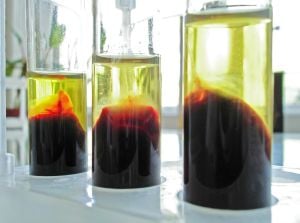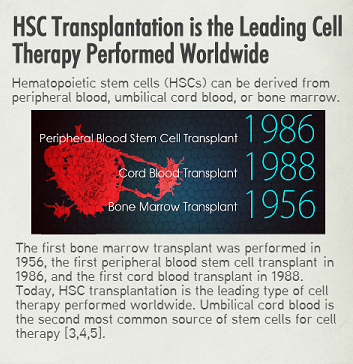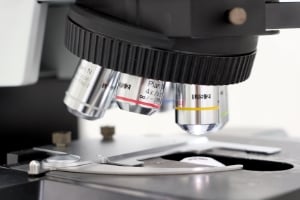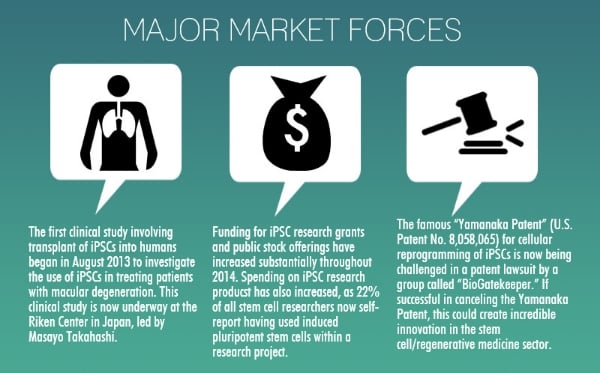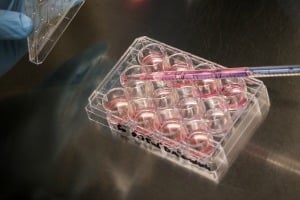Exosomes are small vesicles ranging from 30-100nm in size that are found in nearly all eukaryotic fluids and facilitate a variety of important cellular functions. One of their important functions is to transfer DNA, RNA, and proteins to other cells.
For years, exosomes were considered to be transporters of cellular waste, but now they are becoming recognized for their critical role in cell-to-cell communication and transportation.



